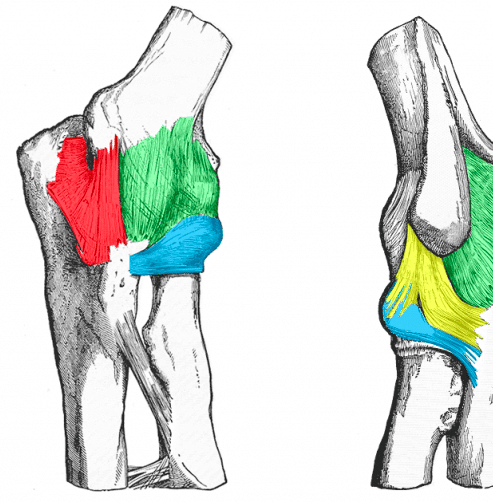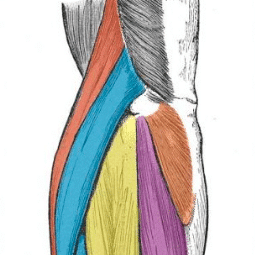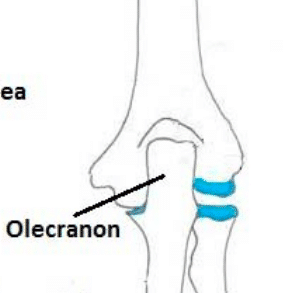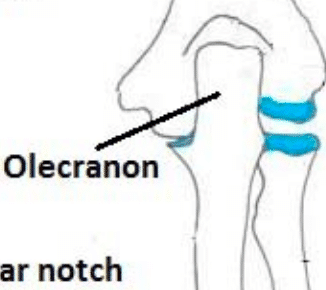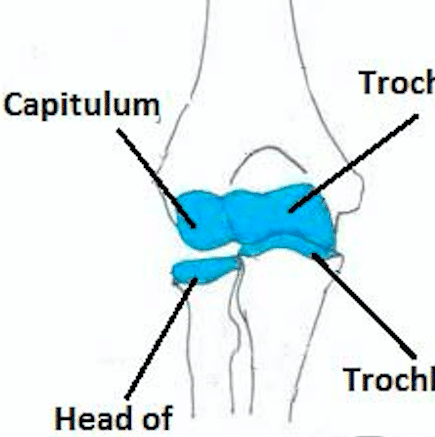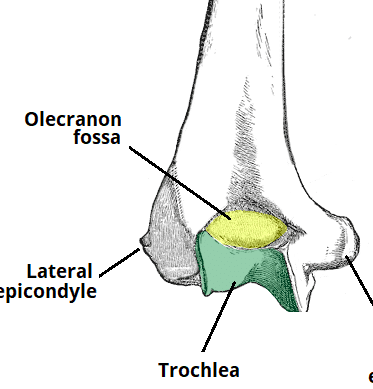- Core Concepts
- Peri-Operative Care
- Examinations
- General
- HPB
- Vascular
- Urology
- Orthopaedics
- Breast
- ENT
- Neurosurgery
- Plastics
- Cardiothoracics
- Transplant
- Consent
The Elbow
The elbow is the joint connecting the upper arm to the forearm, classed as a hinge-type synovial joint. The forearm bones are the radius and ulna, the ulna being the main articulator at the elbow and the radius being the main articulator at the wrist.
An important paediatric condition for all clinicians to be aware of is supracondylar fractures, because if this is missed there can be significant neurovascular complications. In adults, this fracture is uncommon, however olecranon fractures and elbow dislocation can still occur.
More chronic conditions affecting the elbow include epicondylitis and bursitis. These conditions are more common to primary care and first line treatments are often analgesic-based. However, they can cause significant morbidity therefore knowing other treatment modalities can be key.

